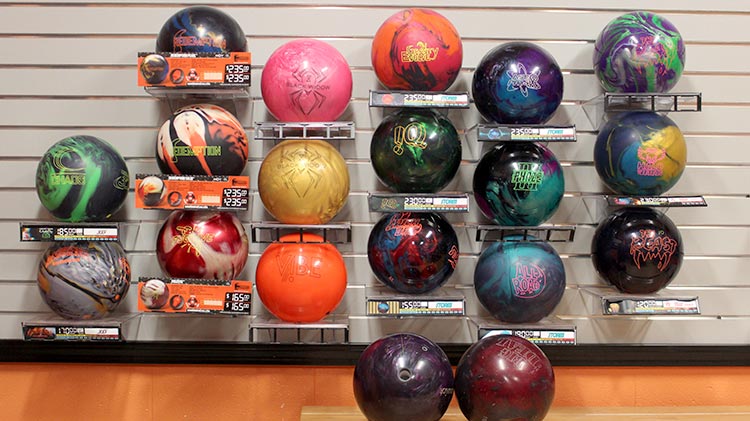Modern bowling pinsetter systems are the backbone of efficient and smooth bowling operations, playing a critical role in resetting pins, clearing fallen ones, and returning the ball—all within seconds. These machines operate behind the scenes with precision and consistency, enabling players to focus on their game without delays or interruptions. As technology has advanced, so too have the components of these systems, making them more reliable, energy-efficient, and easier to maintain than their older counterparts.
One of the most well-known and widely used designs comes from Brunswick. Today, operators looking to maintain or upgrade their equipment can find a full selection of bowling parts for Brunswick through trusted suppliers that specialize in parts compatible with Brunswick-style pinsetters. Understanding these key components is essential for effective troubleshooting, maintenance, and operation.
How a Pinsetter Works: An Overview
At its core, a pinsetter system is designed to detect, remove, and replace pins in the correct formation, while simultaneously returning the bowling ball to the player. This process involves mechanical, electrical, and sometimes pneumatic components working together in a carefully timed sequence. Here are the main components that make modern systems function smoothly:
1. Pin Table
The pin table is the central platform that holds all ten pins before and during the game. After each roll, the table lowers to collect standing pins, while the fallen pins are swept away. In some systems, it also helps reposition the remaining pins for the next throw.
Key Functions:
- Detecting which pins are standing
- Lifting and resetting pins
- Preparing for the next cycle
2. Sweep Bar (or Rake)
The sweep bar moves across the lane after each roll to clear fallen pins into the pit. It is typically attached to a motorized arm and must be precisely timed to avoid interference with the pin table or pin drop.
Key Functions:
- Sweeping away knocked-down pins
- Ensuring the area is clean for the next frame
3. Pin Elevator and Distributor
In older mechanical systems and many modern hybrids, the elevator lifts collected pins from the pit and transports them upward to the distributor. The distributor then directs each pin to the correct slot in the pin table.
Key Functions:
- Lifting pins from the pit
- Sorting pins to their respective positions
4. Pinspotter or Spotting Deck
The spotting deck ensures pins are positioned accurately for each frame. Modern systems often use sensors or alignment guides to guarantee that pins are placed within tight tolerances.
Key Functions:
- Aligning pins in correct formation
- Ensuring uniform gameplay and fairness
5. Ball Return System
This system captures the bowling ball after it reaches the pit and sends it back to the player through a return track. The process includes ball ramps, conveyors, or belt-driven mechanisms.
Key Functions:
- Returning the ball efficiently
- Operating safely alongside the pin lifters and sweepers
6. Motors and Drive Systems
Multiple electric motors power the movement of the pin table, sweep bar, elevator, and return track. These motors are typically linked to gears, belts, or chains that ensure each component moves in sync.
Key Functions:
- Driving mechanical actions
- Coordinating timing and speed
7. Sensors and Control Units
Modern pinsetter systems incorporate sensors to monitor the location of pins and the ball. These sensors feed data to control units that manage sequencing, timing, and error detection.
Key Functions:
- Enhancing automation
- Reducing the likelihood of errors or jams
8. Safety Mechanisms
To protect both users and technicians, modern systems include various safety features such as emergency shut-off switches, protective guards, and lockout controls for maintenance.
Key Functions:
- Preventing injuries during operation
- Allowing safe maintenance and inspections
Maintenance Tips for Longevity
To keep a modern pinsetter running optimally:
- Perform daily visual inspections
- Lubricate moving parts regularly
- Replace worn belts, bearings, or sensors promptly
- Keep the system clean from dust, oil, and debris
- Schedule routine maintenance and part replacements
Reliable maintenance ensures your investment continues delivering performance and reduces downtime.
Tips for Identifying Failing Parts
Regardless of the system type, early identification of wear or failure in critical parts is essential. Here’s what to watch for:
- Increased Noise or Vibration: Often a sign of loose or worn mechanical components.
- Slow or Incomplete Cycles: May indicate motor, clutch, or gear problems.
- Frequent Jams or Resets: Can point to alignment issues or sensor malfunctions.
- Inconsistent Pin Setup: Suggests problems with the distributor (free-fall) or strings/pulleys (string systems).
- Visual Wear: Inspect belts, pulleys, strings, and gear teeth for signs of damage or fatigue.
Maintenance Recommendations
- Keep Detailed Logs: Track part replacements and service dates to anticipate future maintenance needs.
- Schedule Preventive Maintenance: Don’t wait for parts to fail; inspect and service them regularly.
- Train Staff Properly: Ensure your team knows how to identify and respond to early signs of wear or malfunction.
Final Thoughts
Modern bowling pinsetter systems are intricate, multi-component machines designed to work efficiently in high-demand environments. By understanding the essential parts—from pin tables and sweep bars to motors and sensors—bowling center operators can maintain optimal function and avoid costly breakdowns.
Choosing the right replacement parts is crucial to maintaining consistency and safety. For those operating Brunswick-style systems, sourcing trusted bowling parts for Brunswick ensures you’re getting compatible and dependable components to support your business or facility for years to come.

